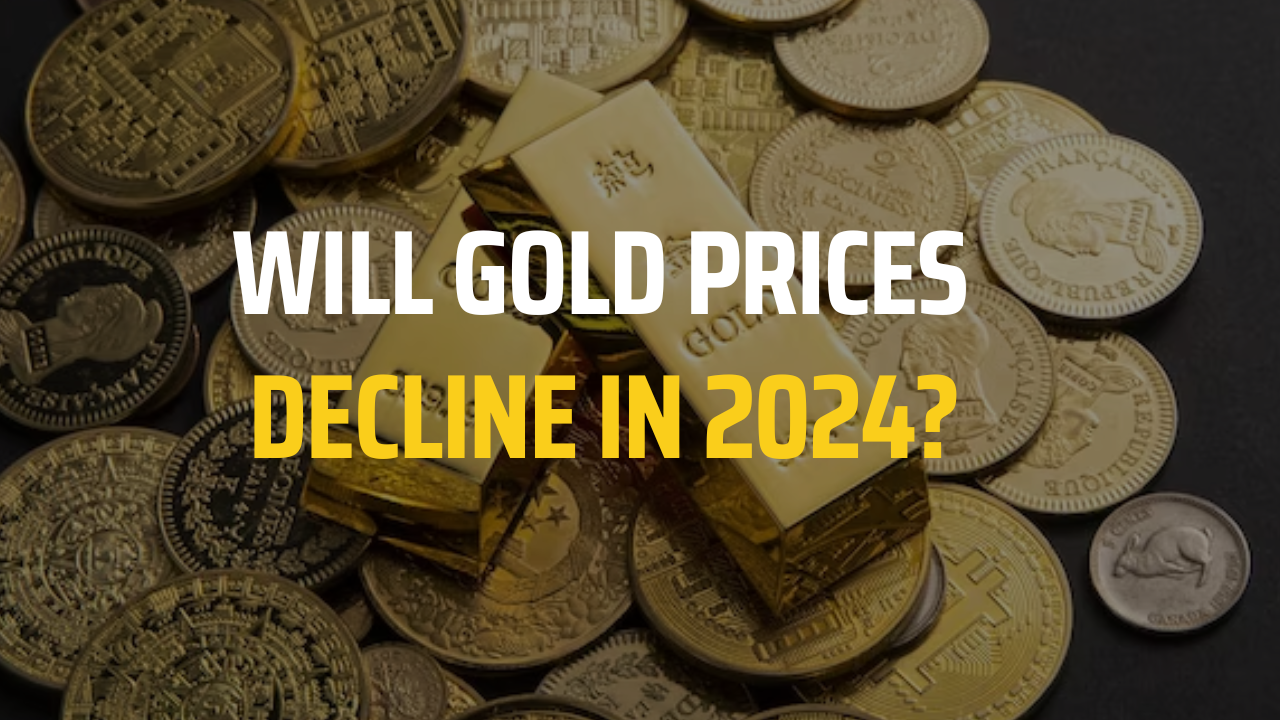
Introduction
Gold, often regarded as a safe haven asset and a symbol of wealth and stability, has long been a subject of interest for investors and economists alike. While gold prices can be influenced by a myriad of factors, predicting their future trajectory remains a challenging task. In this article, we will explore the key factors that may impact gold prices in 2024 and offer insights into whether they are likely to decline.
- Economic Recovery
One of the most significant factors that may influence gold prices in 2024 is the state of the global economy. If the world continues its path toward recovery from the economic fallout caused by the COVID-19 pandemic, it could result in reduced demand for safe-haven assets like gold. A robust economic recovery might boost confidence in riskier assets, leading some investors to divest from gold, potentially causing a decline in its price.
- Interest Rates
The relationship between interest rates and gold prices is well-documented. When interest rates rise, the opportunity cost of holding non-interest-bearing assets like gold increases, potentially causing investors to seek higher-yield alternatives. The actions and policies of central banks, particularly the U.S. Federal Reserve, can have a profound impact on interest rates and, by extension, on gold prices. If interest rates rise in 2024, gold prices may come under pressure.
- Inflation Expectations
Inflation has been a key driver of gold prices historically. If inflation remains high or even accelerates in 2024, some investors may turn to gold as a hedge against eroding purchasing power. However, if inflation expectations ease, gold’s appeal as an inflation hedge could wane, potentially leading to a decline in its price.
- Geopolitical Uncertainty
Geopolitical tensions and uncertainties can drive demand for gold as a safe haven asset. Depending on the global political landscape in 2024, the precious metal’s prices may be influenced by events such as trade disputes, conflicts, or international crises. Increased geopolitical stability might reduce gold’s attraction, leading to price declines.
- Supply and Production Costs
The supply side of the gold market also plays a role in price determination. Factors such as changes in production costs, mining output, and disruptions in the supply chain can affect the availability of gold in the market. If production costs decrease and supply increases, it may contribute to downward pressure on gold prices.
Conclusion
Predicting the future of gold prices is challenging due to the intricate interplay of various factors. While some indicators may suggest a potential decline in gold prices in 2024, it’s essential to keep in mind that the precious metal’s value is subject to multifaceted and dynamic influences. Investors and analysts should closely monitor economic trends, central bank policies, geopolitical developments, and inflation expectations to better understand and anticipate the trajectory of gold prices in the coming year.
Read more to visit Fintecmarkets.com
0
